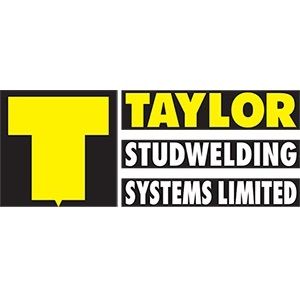Are you looking to find the best way to attach studs and other fasteners to sheet metals for diverse manufacturing applications? Stud welding is an excellent method to consider, as stud welding advantages are numerous in comparison to other methods.
Stud Welding Advantages
Here we’ll run through the main advantages for choosing stud welding for manufacturing and engineering operations worldwide.
Fast Attachments
The stud welding method is impressively fast and efficient. This allows you to up the pace of your work to save money and time. Depending on which process and/or system you use, you can weld up to 60 studs per minute with Taylor machines for example.
Powerful Results
The rapid nature of stud welding doesn’t equate to a loss of power or quality in the attachments made; in fact, the resulting weld between stud and parent material is stronger than the original components that have created it! Stud welding is the ideal process for load-bearing materials, as there is no weakening of the material as a result.
No Holes
You don’t need to punch or deburr holes in the parent material, which can weaken it during other processes such as back welding, through bolting, or using inserts. This means the resulting weld is leakproof, making stud welding ideal for materials that need to contain or repel liquids.
No Reverse Marking
There are no marks to the reverse side of the material during the stud welding process. It is therefore ideal for use with thinner materials as a measure to ensure a reduction or complete solution to leaving any marks.


